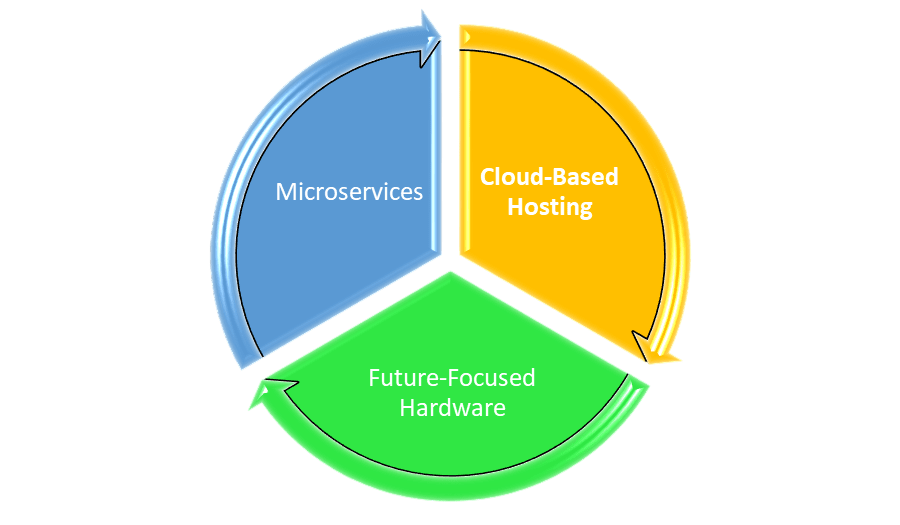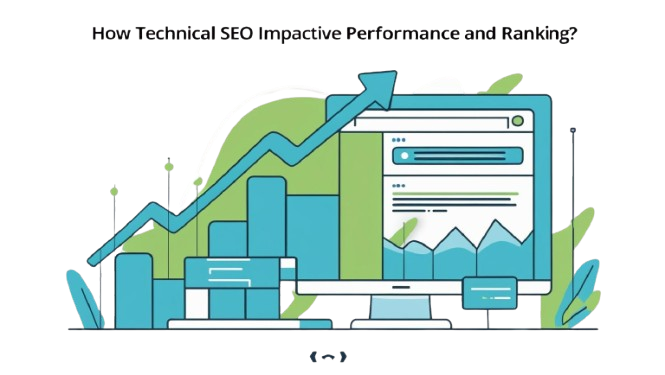A static and outdated website can affect your business’s credibility, reduce engagement, and prompt users to visit your competitors’ websites. However, future-proofing your website can help you stay ahead of the game and provide a better user experience. This blog covers actionable strategies that help ensure your website remains highly functional, scalable, and aligned with cutting-edge trends.
Let’s first start with understanding why future-proofing a website is important.
Why is Future-Proofing Important?
A future-proof website can easily adapt to changing user needs and technological advancements. In simple terms, a future-proof website offers longevity, credibility, a superior user experience, and a competitive edge.

When a website is flexible and well-prepared, it can adapt to emerging trends, which saves you time and money on frequent redesigns. An up-to-date website showcases professionalism and helps build trust with your audience.
Well-optimized and modern websites drive better engagement and help you build positive, long-lasting relationships with users.
Moreover, when you’re technologically ahead, it can position you as the industry leader.
How to Select the Scalable Technology Stack?
When you want to design a website by keeping future growth in mind, it requires a solid scalability foundation. Therefore, you must choose a technology stack that allows for modifications as your traffic, functionality, and content requirements grow.
A. Choose a Flexible CMS
A content management system is the backbone of any scalable website. Therefore, you should choose a CMS such as WordPress, Drupal, or a headless CMS. At Oddeven Infotech, we offer WordPress development services that allow you to add or remove features whenever your business evolves.
Additionally, your CMS should seamlessly integrate third-party tools, services, and APIs to add functionality. Choose the platform that frequently releases security patches and updates. It keeps your website functional and secure.
B. Follow Modular Design Principles
Break your website into small, reusable components through modular design. It reduces both time and costs for updates. You can include buttons, page layouts, and media widgets tied together through a clear design system. This scalable approach can future-proof visual consistency and support for quick changes when required.
C. Improve Server Scalability
If your website can handle increased traffic without experiencing downtime, it is scalable. To achieve it, consider either horizontal scaling or vertical scaling. In horizontal scaling, you need to add additional servers to share the workload. In vertical scaling, you need to increase the server’s capacity by upgrading resources such as RAM or CPU.
You must choose a hosting provider that supports Content Delivery Networks (CDNs), load balancing, and efficient caching to optimize performance during high-demand periods.
D. Follow Modern UI Design Trends and Tendencies
You must adopt a responsive and adaptive design so your website can run smoothly and easily fit on any device size. Keep the mobile-first design approach in mind. Your website’s layout must be clean and intuitive. Do not rely too much on trendy gimmicks because they may become outdated in a year.
You must adhere to WCAG(Web Content Accessibility Guidelines) to make your website welcoming and accessible to individuals with disabilities. You must use features like alt text for images, keyboard-friendly navigation, etc.
Besides, here are some other good practices that you should implement to future-proof your website.
- Protect your website with HTTPS and the SSL/TLS protocol.
- Regularly do security audits to identify and address vulnerabilities.
- Ensure your website is compliant with GDPR, CCPA, etc.
- Schedule automated backups
- Implement AI and other integrations such as AI-powered chatbots, predictive analytics, personalized recommendations, and interactive features to improve user experience.
- Do speed and performance optimization. You need to optimize images and minify redundant code through HTML, CSS, and JavaScript. Use Google’s PageSpeed Insights to analyze potential shutdowns and their sources.
- Implement SEO best practices for long-term visibility. Opt for a mobile-first indexing approach, structured data, refreshing content, and long-tail keywords.
How to Build a Scalable Architecture?
Your website must evolve with your evolving business goals and traffic surges. Here is how you can build a scalable architecture.

A. Microservices
You must break large systems into independent and self-contained modules. These modules can be developed, deployed, and scaled individually. It improves flexibility and makes troubleshooting easier, and allows teams to work on various components without interfering with the entire system.
B. Cloud-Based Hosting
Platforms such as Google Cloud, AWS, and Azure offer highly scalable solutions that enable you to adapt to increasing workloads when traffic increases. Cloud hosting offers impressive features, including load balancing, pay-as-you-go pricing, and auto-scaling. It makes sure that your website remains highly reliable and affordable to scale whenever unpredictable demand surges.
C. Future-Focused Hardware
You must invest in hosting solutions that offer advanced features, such as faster load times, SSDs, and enhanced performance. SSDs not only speed up data access but also make it extremely easy to scale resources as the user base grows. In short, it makes sure that your infrastructure is well-prepared for future demands
Let Us Future-Proof Your Website With Scalable Architecture
In summary, future-proofing your website does not just mean to prepare for what’s next. It is also about building a strong foundation that supports innovation, growth, and performance.
Take a first step today to evaluate your website’s performance, scalability, and engagement metrics. If you need any expert guidance, you can schedule a FREE consultation with us.
Our skilled and seasoned website designers and developers help you build a future-proof website tailored to your specific goals.



